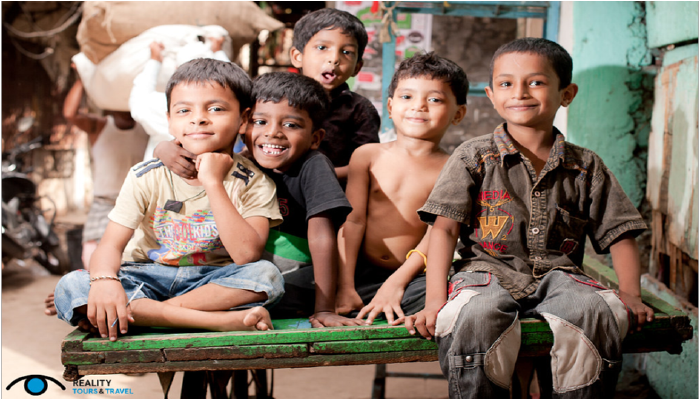Around 55 students from KCLAS’ School of Economics embarked on a 4-day National Study Visit to Mumbai, including a visit to Dharavi, one of the world’s largest slums. This blog post explores our experiences and insights from the trip
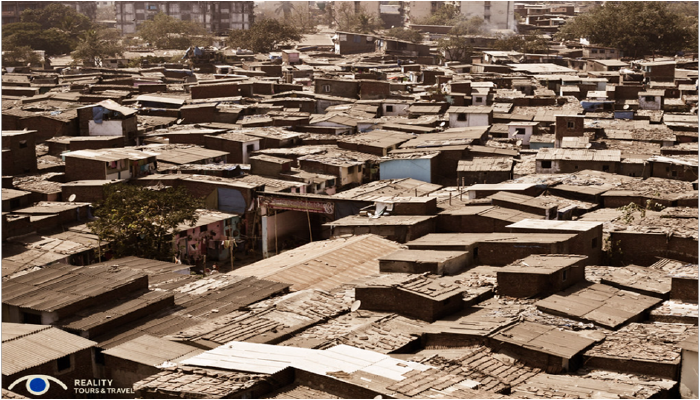
Picture this: a bustling city filled with dreams, opportunities, and stark economic disparities. That’s Mumbai for you. And within this vibrant city lies a place that encapsulates the spirit of resilience amidst adversity – Dharavi, one of the world’s largest slums.
Our journey began on the third day of our National Study Visit to Mumbai. Guided by the advice of Shri Shankar Vanavarayar, our respected Joint Correspondent, we ventured into Dharavi, to comprehend the contrasting facet of the globe, to witness a wholly divergent economic circumstance, with a mix of anticipation and trepidation. We had heard stories, warnings really, about the challenges we might face: narrow pathways, unhygienic conditions, and even chances of pickpocketing in the area.
As we stepped into Dharavi, what struck us immediately were the narrow alleys that wound between buildings. These pathways, barely wide enough for two people to walk side by side, were the arteries of this community. The ground beneath our feet was often wet and littered, a testament to the challenges faced by its residents, especially during the monsoons.
But amidst this apparent chaos, we discovered an incredible sense of organization. Dharavi was not just a monolithic slum; it was a tapestry woven with small-scale businesses – from pottery and crafts to leather and textiles. The people of Dharavi displayed a remarkable entrepreneurial spirit, crafting a variety of products without the formal education that many of us take for granted.
Dharavi’s Economic Tapestry: A Hub of Small-Scale Enterprises
Dharavi, a bustling economic hub within Mumbai, is a melting pot of diverse enterprises. With approximately 10,000 small-scale businesses, including pottery, textile, recycling and leatherwork, the area hosts a dynamic range of economic activities. This thriving ecosystem supports a population of one million residents, making it the largest slum in India, and one of the largest in the World.
The community’s economic landscape is characterized by a strong sense of mutual support and emotional connection among its residents. Notably, Dharavi contributes a substantial one billion dollars to the local economy, marking its significance on a larger scale. The slum’s economic vitality is evident in its high employment rate of 80%, predominantly engaging male workers. However, women’s participation in the business sector remains low, hovering around 4 to 5%.
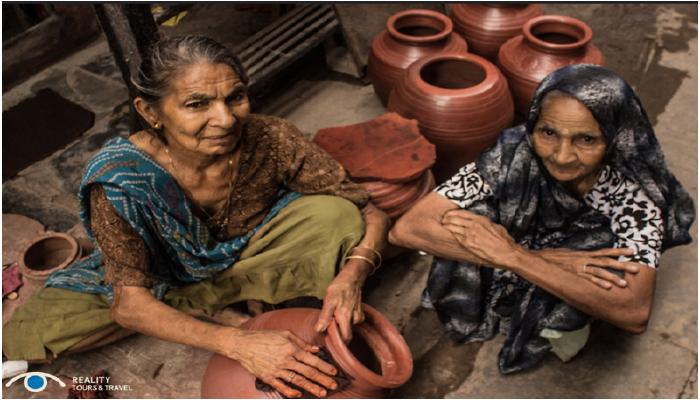
The area’s economic activities span various sectors, from tailoring to plastic recycling, leather crafting, and textile processing. Despite residing in narrow living spaces, the residents of Dharavi continue to exhibit resourcefulness and innovation, shaping the plastic, leather, and textile production processes. In essence, Dharavi’s economic prowess illuminates its potential, waiting to be fully harnessed and integrated into the broader economic landscape.
Commercial Landscapes: Thriving Enterprises in Dharavi
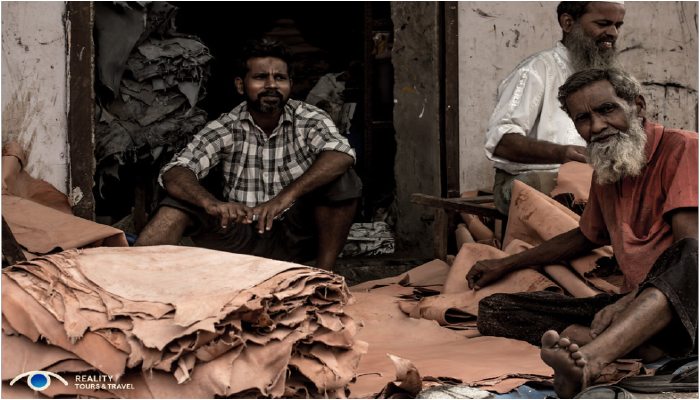
In the heart of Dharavi’s recycling units, where discarded plastic and glass found new purpose, we encountered a silent yet profound reality. The workers, tirelessly sorting through toxic substances like powdered glass and plastic, operated with minimal to no safety gear. We learned that when questioned, they had revealed that safety equipment hindered their work quality and could potentially lead to more dangerous accidents. Their unwavering commitment to their craft, despite these risks, underscored the depth of their resilience. These workers, facing unseen dangers daily, emerged as unsung heroes, navigating risks to sustain their livelihoods and contribute to their community’s prosperity
One of the most fascinating stops on our tour was the leather industry, a thriving market within Dharavi. Here, amidst the scent of tanned leather, we found craftsmen and entrepreneurs, their skills unmatched despite their lack of formal training. We marvelled at their ability to create products that reached markets far beyond the confines of Dharavi.
Homefront Chronicles: Life in Dharavi’s Residential Quarters
Dharavi’s residential areas painted a stark picture. Families, belonging to diverse communities, coexisted in cramped quarters. Yet, amidst the challenges, there was a sense of community. Hindu and Muslim residents resided in distinct zones to prevent conflicts.Hindu and Muslim communities, though living separately, shared a bond of resilience and mutual support.
Additionally, Dharavi boasts a unique mix of property owners and tenants within its residential spaces. The housing conditions were deplorable, with homes smaller than one square meter each. A staggering 70% of these dwellings lacked private toilet facilities, forcing inhabitants to share communal restrooms. To put it into perspective, approximately 2,000 individuals shared a single public toilet, raising significant concerns about hygiene and sanitation in the area.
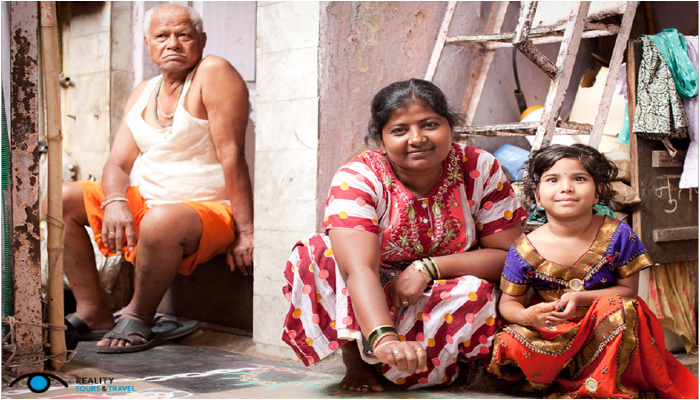
Dharavi: Resilience Rewriting the Narrative of Adversity
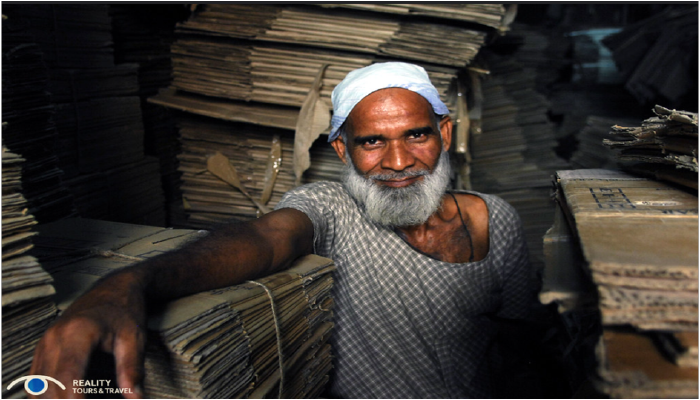
Throughout our exploration, we couldn’t help but admire the resourcefulness of the people. In Dharavi, even illiteracy couldn’t dampen the spirit of entrepreneurship and innovation. The recycling units, where plastics found new life, stood as a testament to their ingenuity. We learned that these units were not just about recycling materials; they were about recycling hope, offering employment to thousands in the process.
Dharavi’s story is not just about its challenges; it’s about the triumph of the human spirit against all odds. It’s about the million individuals who call this place home, turning adversity into opportunity every day.
As we left Dharavi, we carried with us a newfound respect for its people and their unwavering determination. Yes, there are issues that need urgent attention – better living conditions, access to education, and healthcare. The government’s efforts for redevelopment are a ray of hope, and the journey ahead is long and arduous.
Our visit to Dharavi was not just an excursion; it was a lesson in resilience, a testament to the unyielding spirit of the human soul. Dharavi, despite its challenges, stands tall as a beacon of Resilience.
Bringing It All Together: Final Thoughts
While Dharavi shines brightly with the unwavering spirit of its people, there is an underlying concern that holds the community back from reaching its full potential. Despite the resilience and the sense of belonging, clinging to traditional ways might hinder progress. Particularly in terms of hygiene and living standards, embracing change becomes imperative. By breaking free from old habits, the residents of Dharavi could significantly enhance their quality of life. Moreover, the unaccounted economic activities within Dharavi suggest a hidden potential that, if properly harnessed, could boost the nation’s economy substantially. It’s crucial for a shift in mindset to occur, a collective understanding that growth necessitates stepping out of the comfort zone. Embracing change and venturing beyond the familiar grounds can pave the way for Dharavi to not just survive, but to truly thrive and become a beacon of progress and prosperity.
